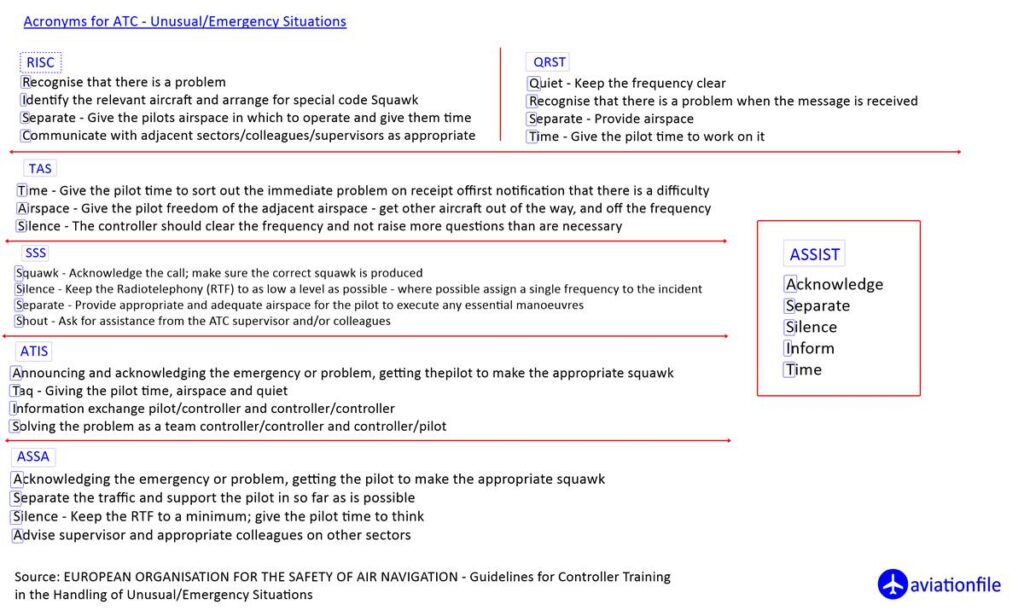Air Traffic Controllers – Guardians of the Skies: Bending Rules or Not?
Air traffic controllers (ATCs) are the unseen heroes who orchestrate the complex ballet of airplanes in our skies. Their work has a profound impact on air traffic management (ATM), but it’s a role fraught with both advantages and challenges. Let’s look at the effects of air traffic controllers bending the rules or strictly following the rules.
Positive Effects of Rule-Following ATCs
- Safety First: Strict adherence to established separation rules is the bedrock of safe air travel. ATCs ensure aircraft maintain a safe distance, preventing mid-air collisions.
- Predictability: Consistent application of rules creates a predictable environment for pilots. They know exactly what to expect, streamlining communication and reducing confusion.
- Efficiency: Defined procedures optimize traffic flow, minimizing delays and keeping air travel running smoothly.
Negative Effects of Rule-Following ATCs
It should not be forgotten that air traffic controllers’ compliance with the rules has both positive and challenging aspects.
- Inflexibility: Rigid adherence can lead to inefficiencies in handling unexpected situations. Delays can ripple through the system if ATCs can’t adapt to changing conditions.
- Undue Pressure: Strict rules can create pressure on ATCs, especially during peak hours. This can lead to stress and potentially hinder their decision-making abilities.

The Lure of Bending the Rules
ATCs sometimes face situations where a minor deviation from the rules could improve efficiency or address a specific issue. This “calculated risk-taking” can be tempting:
- Expediting Flow: A controller might adjust spacing slightly to fit in an extra plane during a busy period, potentially reducing delays.
- Accommodating Deviations: A pilot might request a slight course change due to weather. Granting this could be safer than a rigid adherence to the original plan.
The Dangers of Bending the Rules
While seemingly beneficial at times, bending the rules has serious drawbacks:
- Safety Compromise: Even minor deviations can create unforeseen consequences, potentially leading to near misses or worse.
- Erosion of Trust: A culture of rule-bending erodes trust in the entire ATM system, creating uncertainty for pilots and potentially leading to risky situations.
Finding the Right Balance
The ideal ATC is a master of both following the rules and exercising sound judgment. Training programs emphasize both aspects, equipping controllers with the skills to navigate this complex terrain.
Conclusion
ATCs play a vital role in ensuring safe and efficient air travel. Their work requires a delicate balance between adhering to established rules and adapting to unique situations. By fostering a culture of safety and empowering controllers with strong decision-making skills, we can ensure the skies remain a safe and efficient domain.
References and Further Reading:
- International Civil Aviation Organization (ICAO) Safety Regulations: https://icao.int/
- The Impact of Automation on Air Traffic Controller’s Behaviors: https://www.researchgate.net/publication/354579015_The_Impact_of_Automation_on_Air_Traffic_Controller’s_Behaviors


